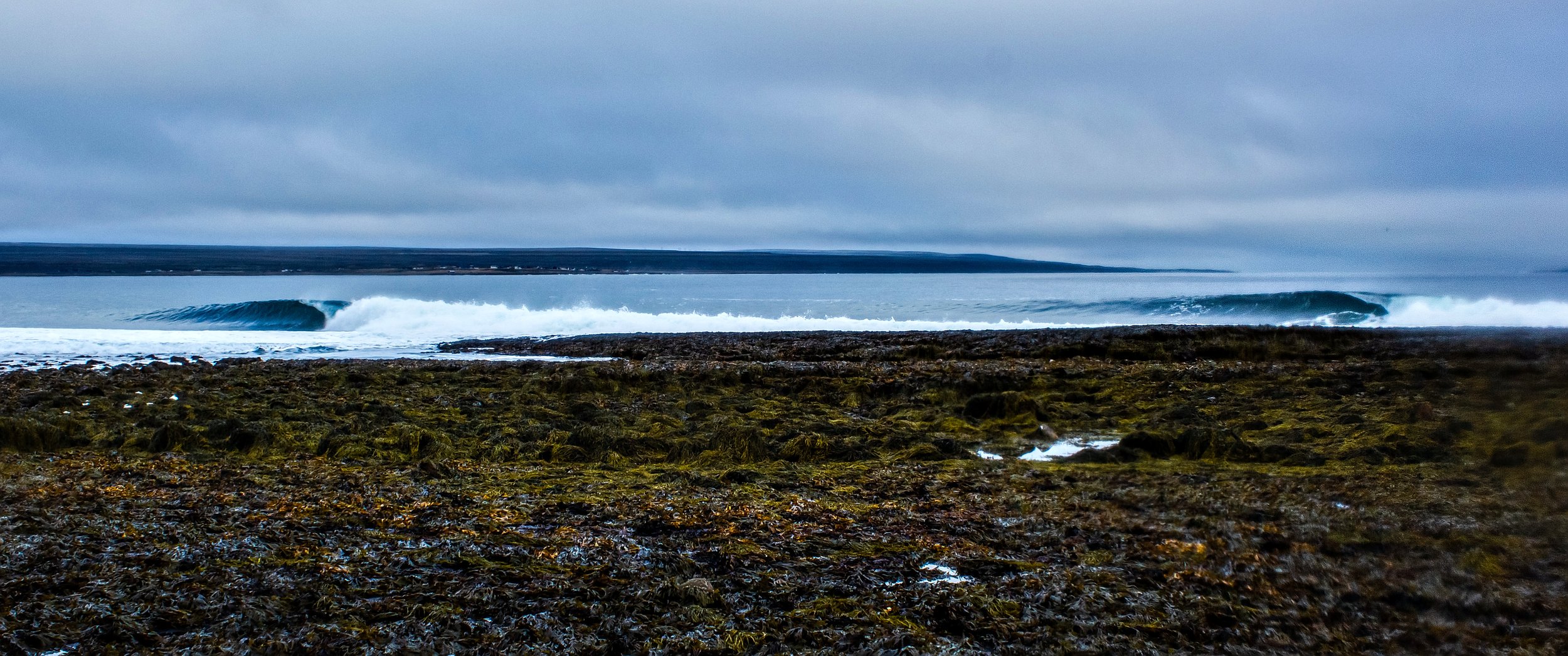
Arctic surf-expedition workshop
We’ve partnered with Finnmark Surf AS to put together our dream weekend. The long-weekend will be packed with elements of:
surf-specific rescue skills and improvised first-aid
forecasting skills in the area of the world that’s potentially most difficult to forecast
outdoor arctic living in lavvos with inspiration from the native Sami people
should the conditions allow, surfing under the Northern Lights
local-knowledge leading us to the best waves within a 200km radius
transportation via van, speedboat, ski and pulk, snowmobile… whatever’s necessary to get us to the spot our local guide deems the best for that day
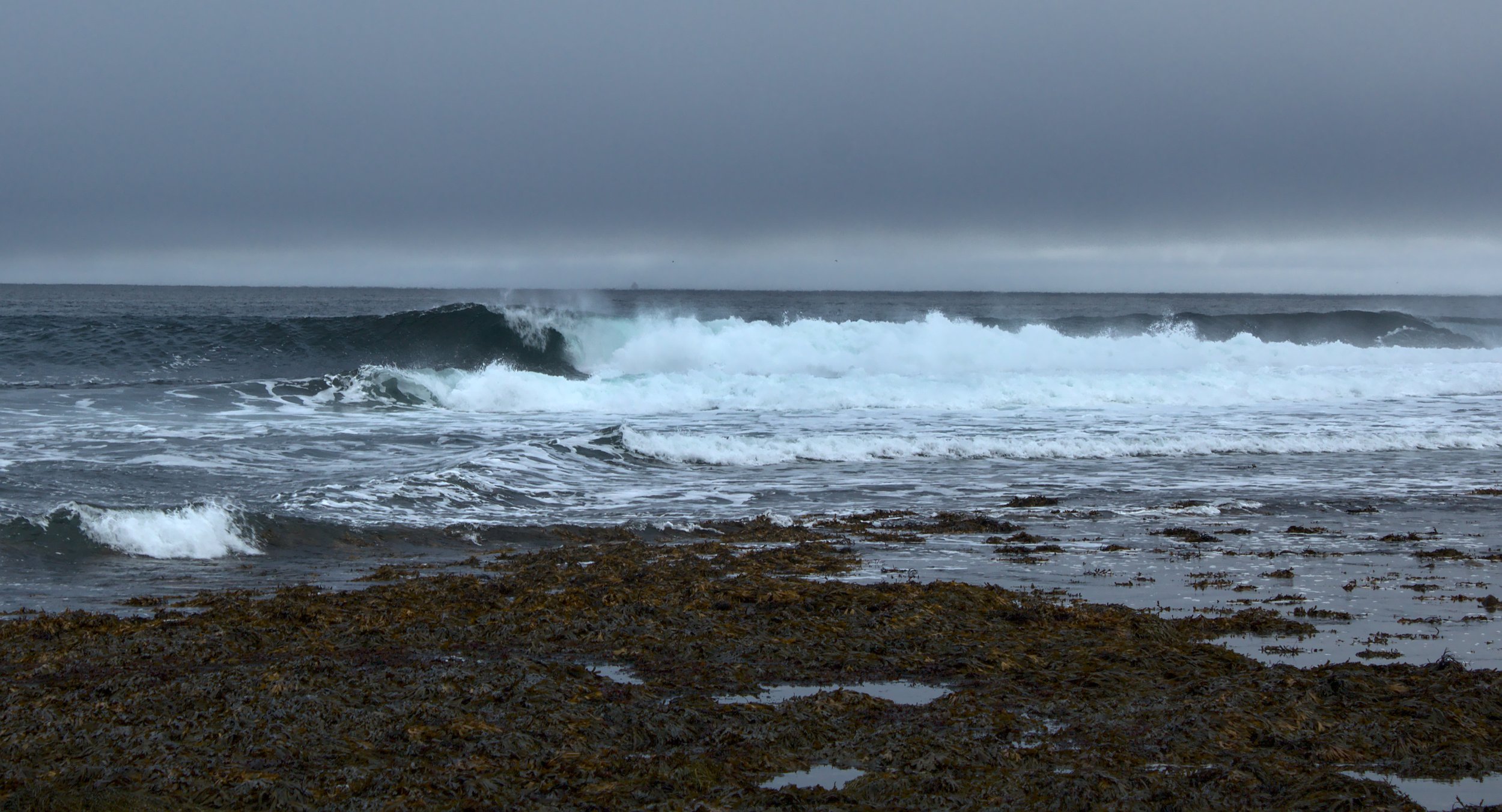
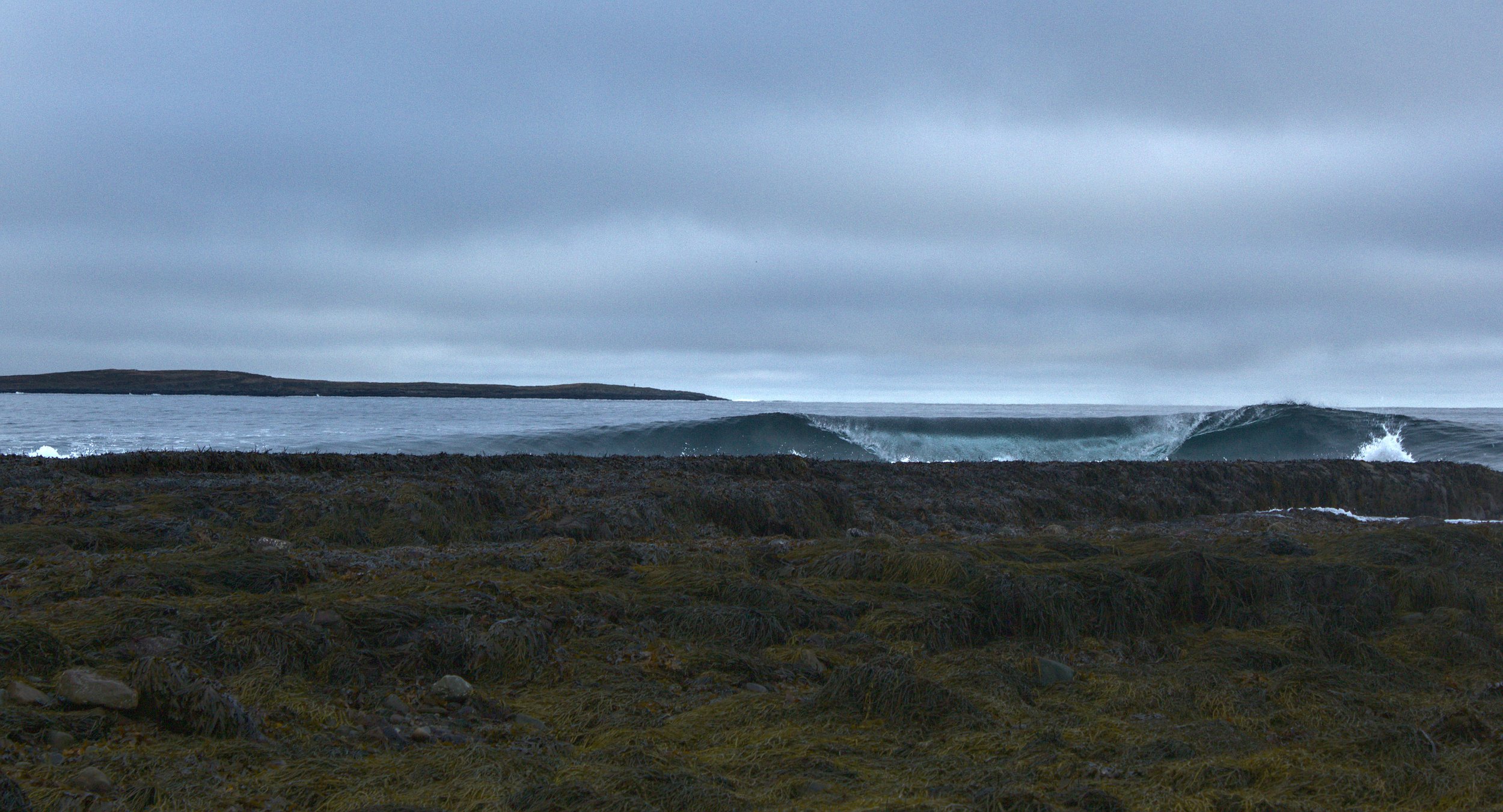

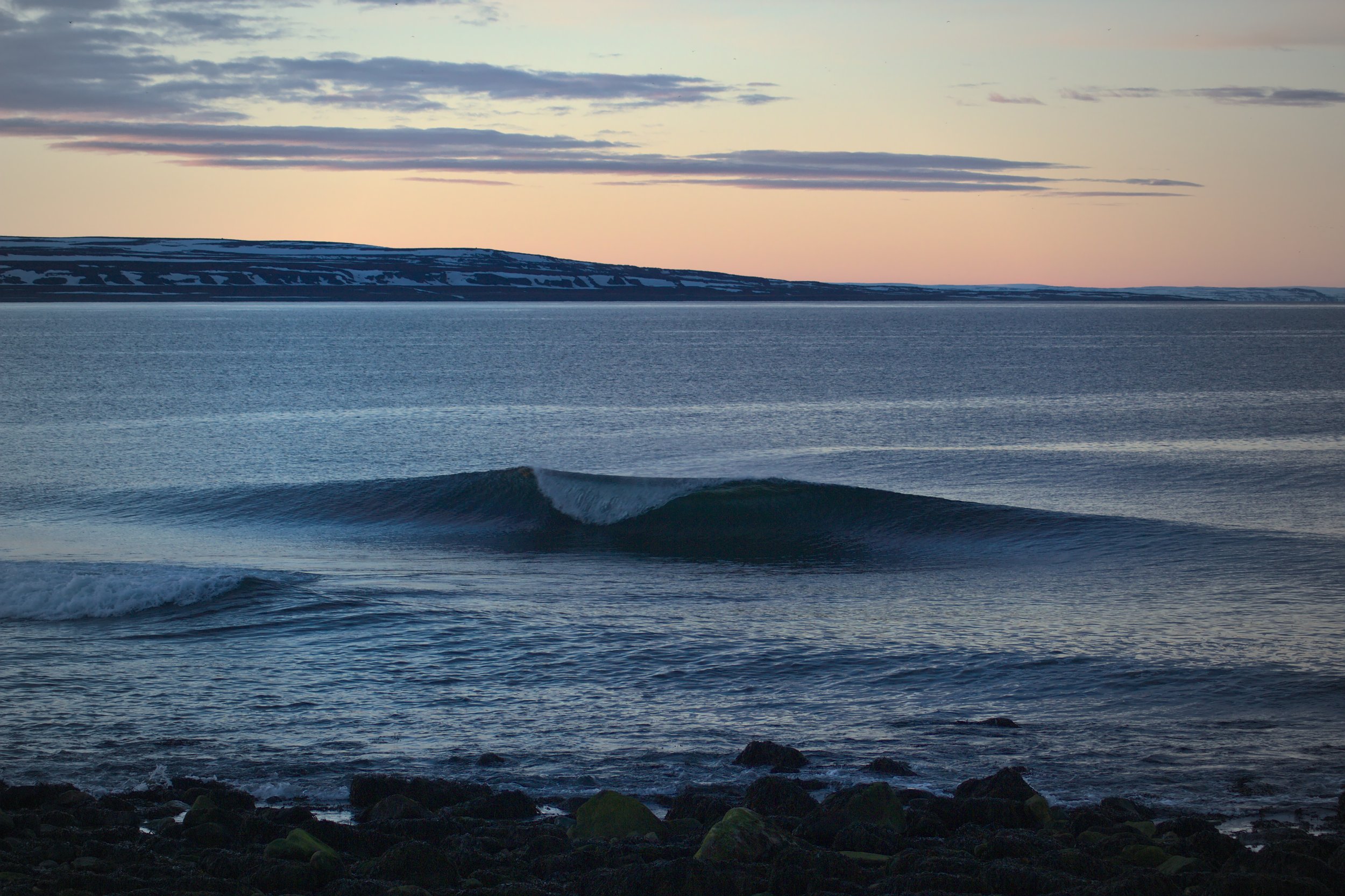

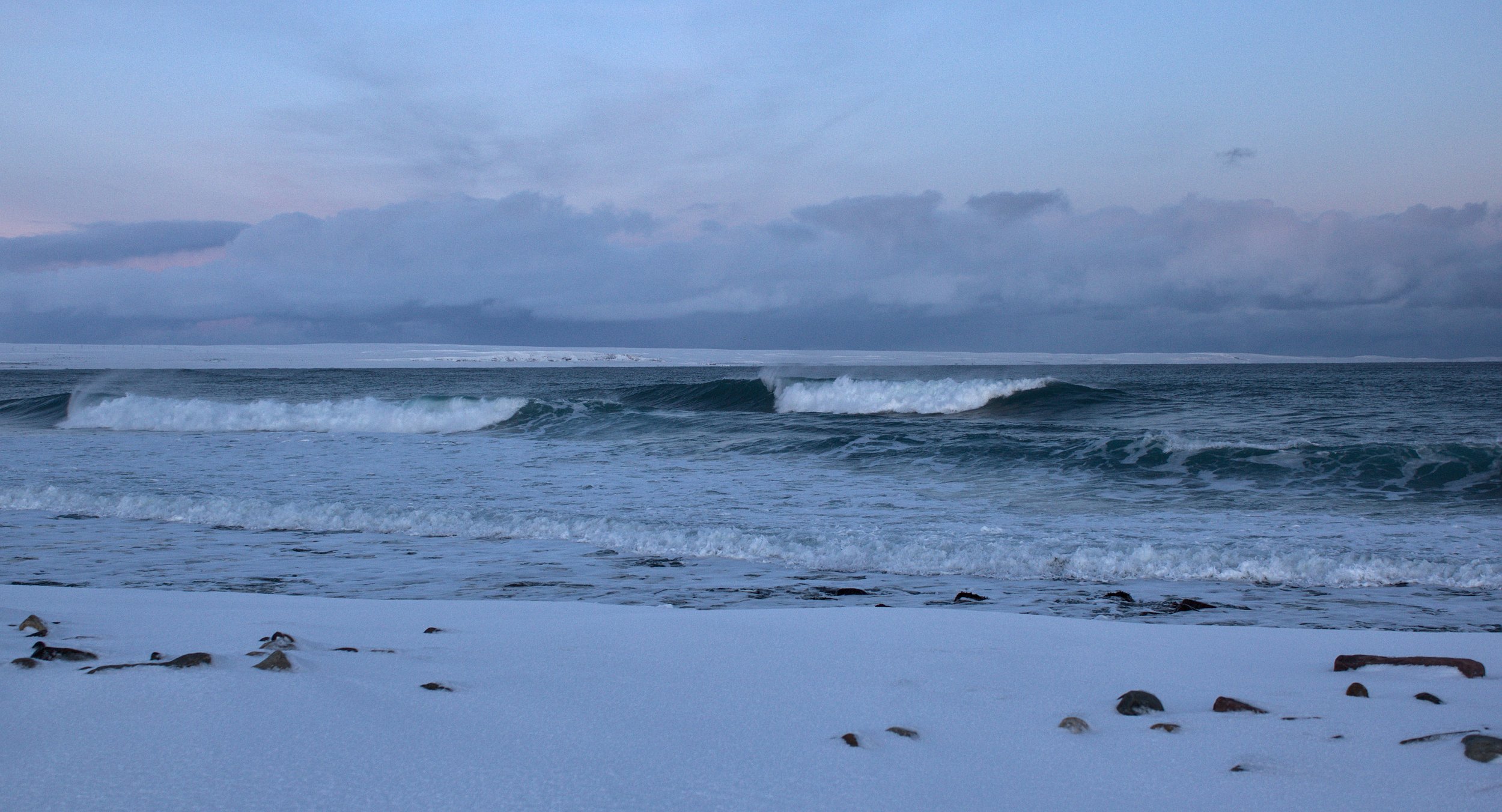
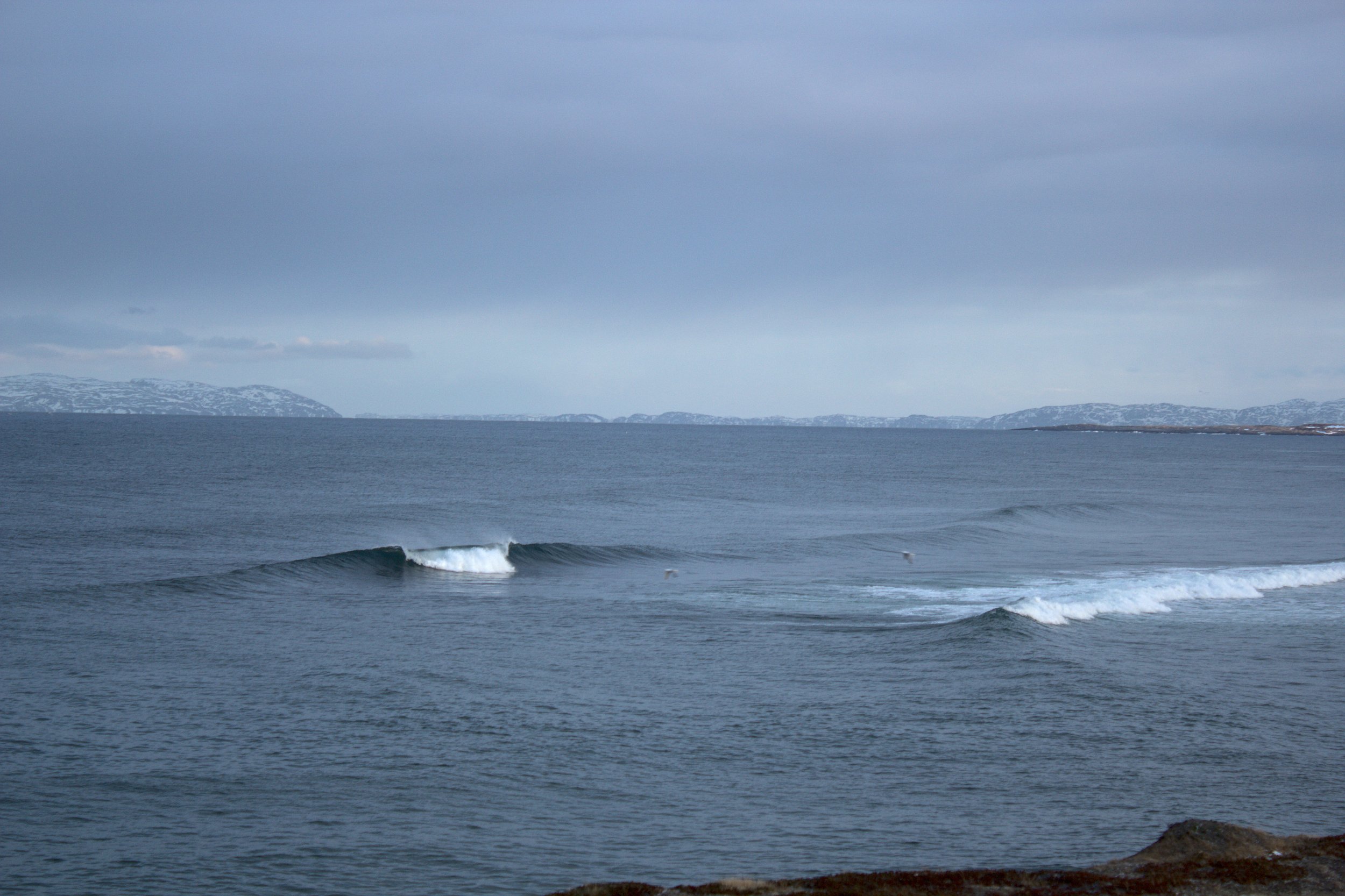
How is the surf-expedition workshop unique?
The idea for this course came out of a pattern our buddy in Finnmark has noticed: he gets plenty of people regularly contacting him wanting to go on a “solo-mission”. A short conversation uncovers that they don’t have the skills needed to safely brave these waters on their own.
Similar to the longer surf-medic course, we use an established wilderness medicine curriculum as the backbone for our course teaching you the basic skills to explore safely up here.
As always, we don’t make hard plans and we go where the low pressure systems tell us to. Pulling elements from our previous trips to make a cohesive story, a basic overview could look like this:
-
Arrival in Kirkenes or Vadsø airport with transfer to our already established camp in the arctic tundra. The fire is roaring, the lavvo is warm and the stew is simmering on the fire. We talk around the fire about the “Varanger Vibe” that sets this place apart from any other surf destination in the world. As with any night, if we’re lucky we’ll get a Northern Lights explosion right over our heads.
-
You wake up to the sound of our hooting. We surf a lot in the dark, so we may be out in the lineup long before the sun comes up. Once you’re surfed out, you’ll come back to camp to some warm porridge. We set up the lavvo like a classroom and start our course focusing first on learning the basics of emergency medical response in remote, resource-limited locations. When the tide is right, we go out for another surf - given that there’s usually a few spots in walking distance, everyone gets a wave to their pleasing. In the afternoon-evening, we simulate some surf-specific emergencies. We practice in the water, introducing some rescue techniques. Our local-expert notices some signs through the evening that the low-pressure system isn’t acting quite like forecasted. He prepares us for an early wake-up.
-
The waves are thumping, but the wind isn’t quite right. We need to move. Team effort makes the pack-down go quick. At the same time, our guide is coordinating transport. We take the van to the closest harbor, where a local captain is idling in his motorboat. Within the hour we’re boating up to an entirely new landscape on the opposite side of the fjord. Our medic is the first to lose his mind when he sees the right cranking down the point. After a marathon session, the tide gets a little full. We use this opportunity to teach the wilderness survival element of our course: we build a roaring fire, collect water and set up the lavvos and tarps - in no time we’re living in comfort with a view of a wave that’s never been surfed before us. Our guide has brought some maps with him and explains some hard-earned tricks he’s learned for swell forecasting up here, specifically explaining the factors that went into his decision-making today.
-
We spend the entire day in our newfound arctic paradise. Between surfs, we hold different workshops, diving deeper into some skills essential to surf exploring. We practice more skills essential to surviving a true arctic storm, we talk in-depth about the common sports-injuries related to surfing and we run scenarios to drill bleeding-control, wound-closure and bandaging. In the evening, our instructors trade-off telling stories from a life of surf-travel, sharing lessons learned the hard way in Central America, Africa and South-East Asia.
-
We split into 2 groups, most staying to surf the still-fun waves at camp, while a few of us pack up to explore what’s around the next point. A check around the first corner, leads to a further search around the next one, which leads to… well, you know the drill. That crew comes back later than expected, but the timing still lines up with our boatman who shows up flat on the minute we agreed upon, in true Norwegian style. On the boat ride back, we make some plans: we coordinate rides for the guys going back to the airport and we make sleeping arrangements for the guys who cancelled their flights and called-in sick. We’ll see where the low-pressures take us tomorrow.
Some more info:
-
Certification in Wilderness First-Aid (WFA), check this for more info.
In-water training in relevant surf-rescue techniques, such as those outlined here.
An overview of wound-closure and bandaging techniques relevant to surfing.
Guided practice in wilderness survival relevant to the arctic tundra.
In-water surf-coaching in between sets, with analysis of your waves.
Land- and water-based photography of most sessions.
Tips and tricks from decades of surf-exploration around the world, with a specific focus on what we deem to be the final frontier: the upper latitudes.
-
Here’s from the website of the certifying agency, SOLO:
“The WFA is 16 hours long (two days), and focuses on the basic skills of: Response and Assessment, Musculoskeletal Injuries, Environmental Emergencies, Survival Skills, Soft Tissue Injuries, and Medical Emergencies.”
-
This is a difficult question that depends on many factors. A quick calculation we did put the value of this weekend at around 15.000 kr (~$1400). Check out this page for the breakdown.
We won’t charge this much, though if we’re a small group this number ends up being more than 10k to make ends meet. At our optimum group of 8 participant, we will be able to bring down the costs.
-
We’re aiming for Spring 2024 - best time of year to try and get the ultimate combination: swell, relatively stable weather and potential for northern lights. We’ll likely set a primary date and a backup date a week or two in the future. More info to come on how we do this practically.
Our previous experience surf-guiding has taught us the importance of getting the right surfers on the trip. Given the limited number of spots, we need to be exclusive. This is not first-come-first serve. If you're interested, let’s start the conversation. Shoot us an e-mail with a bit about your life as a surfer.




